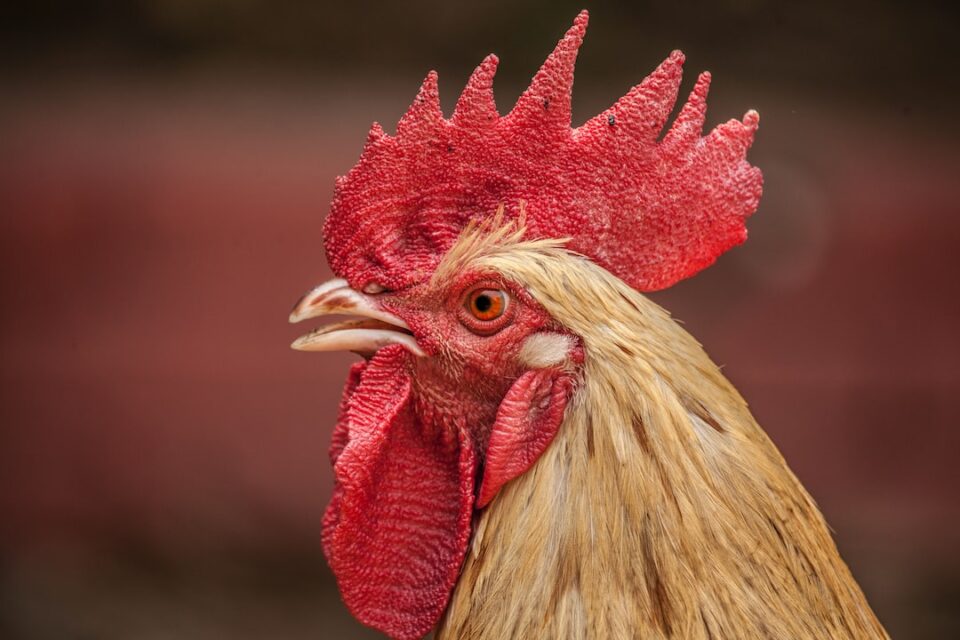The Complex Social Structures of Ant Colonies
When we think about social structures in the animal kingdom, ants might not be the first creatures that come to mind. However, these tiny insects are known for their remarkably intricate and complex social systems. From communication to division of labor, ant colonies exhibit a level of organization that rivals even the most sophisticated human societies.
Ant colonies are comprised of individuals that are divided into three main castes: queens, males, and workers. The queen’s primary role is reproduction. She is responsible for laying thousands of eggs, ensuring the survival and growth of the colony. Male ants, on the other hand, have the sole purpose of mating with the queen. Once they have accomplished this task, their purpose is fulfilled, and they usually die shortly afterward. The vast majority of ants in a colony are classified as workers.
The workers in an ant colony are crucial to its functioning. They are responsible for tasks such as foraging for food, building and maintaining the nest, and caring for the eggs and young larvae. However, worker ants are not all the same. Depending on their age and specific roles, workers are further divided into subcastes.
The youngest workers, known as nurses or caregivers, are responsible for tending to the eggs and larvae. They provide food, clean the nest, and ensure the well-being of the developing brood. As these young ants age and gain experience, they transition to become workers known as foragers.
Foragers are responsible for venturing out of the nest in search of food and resources. They scout the area, communicate with other workers to relay information about the location and quality of food sources, and bring the food back to the colony. These foraging ants are equipped with specialized adaptations, such as strong jaws or strong connections for carrying heavy loads. The accurate and efficient communication between foragers is essential for the overall success of the colony.
One of the key mechanisms ants use to communicate is through the use of chemical signals called pheromones. Pheromones are released by ants to mark trails between food sources and the nest, which allows for easy navigation by the rest of the colony. This chemical communication system is so effective that even in complete darkness, ants can find their way seamlessly by following the pheromone trails left by their fellow workers.
Ant colonies also demonstrate a fascinating division of labor. This division is not only based on age and physical abilities but also on specialization in specific tasks. Some ants become experts in brood care, while others specialize in foraging or nest maintenance. This specialization ensures that each task is performed efficiently and optimally, increasing the overall productivity and success of the colony.
Furthermore, ant colonies also exhibit a communal approach to decision-making. When faced with choices such as selecting a suitable nest or determining which food source to exploit, ants engage in a process called “swarm intelligence.” They collectively assess different options, often utilizing a voting system or evaluating the quality and quantity of available resources. This collective decision-making allows the colony to adapt to changing environmental conditions and make choices that contribute to their survival and growth.
In conclusion, the social structures of ant colonies are incredibly intricate and complex. These tiny insects display high levels of organization, communication, and division of labor, and they exhibit remarkable intelligence in decision-making. The study of ant colonies not only provides insights into the fascinating world of these creatures but also offers lessons on the power of teamwork, cooperation, and specialization within societies, including our own.

